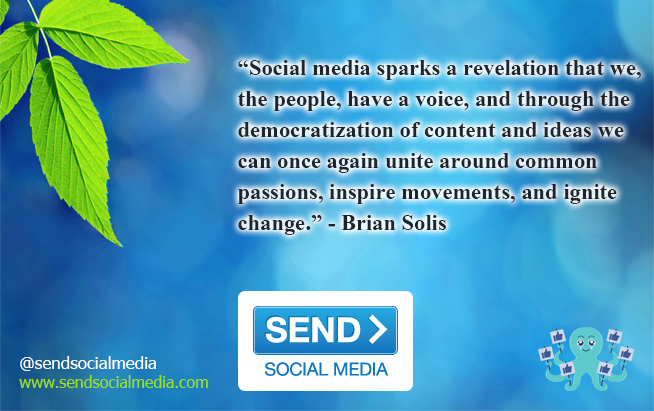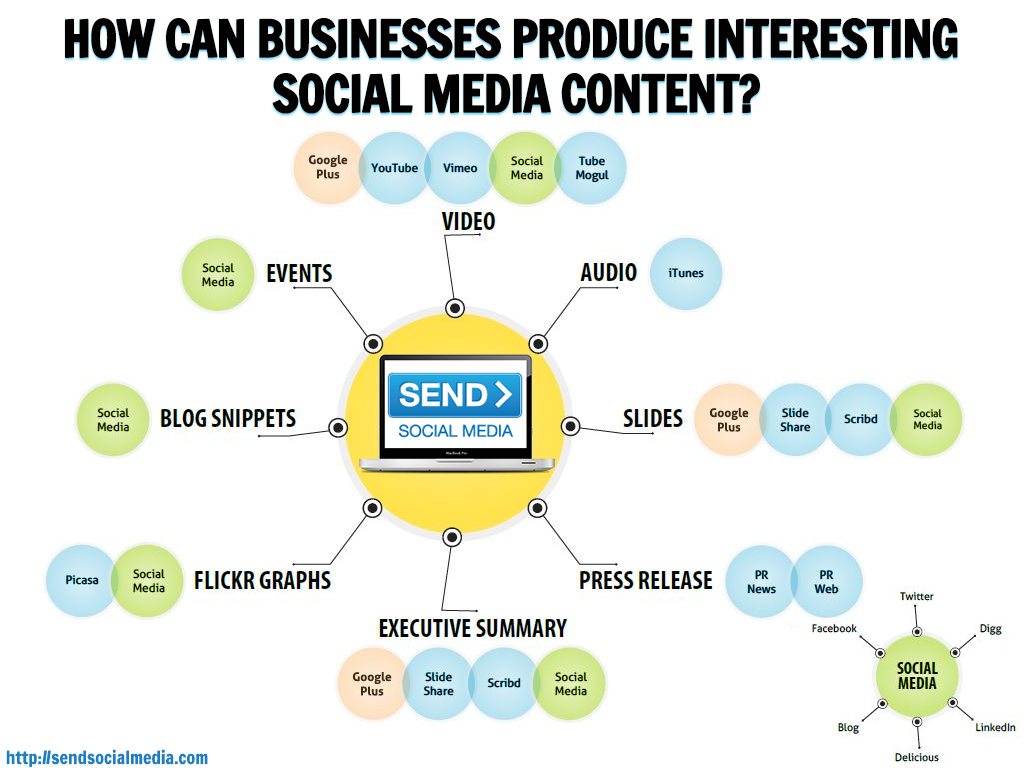Social media has become an essential part of how businesses can market themselves online. Although there are multiple social media networks with hundreds of millions of users, many businesses still struggle to find traction with their social media efforts.
One of the reasons social media remains a challenge for so many businesses is they don’t have clear social media objectives. While there’s something to be said for getting started with social media by diving right in, that approach is unlikely to move the needle for a business of any size.
If you want your business to get real results from social media, you need a plan. That’s where social media objectives come into the picture. To help you get started on the right path, we’re going to cover the five things you should evaluate when coming up with these objectives for your business:
1. Start with a Hypothesis
Even though you may be new to using social media for your business, you still know the type of people you’re trying to reach. Based on that knowledge, you can make a hypothesis about which social network is going to be the best fit for your business. Starting with this type of focus will help you make more progress in less time.
2. Know Your KPI
KPI stands for key performance indicator. There are many KPIs related to social media. Followers, shares, clicks and signups are a few of the most common. Since there are many different options, you need to choose the one that matters most to your business. Keep in mind that your primary KPI can change over time. For example, followers may be your KPI for an early campaign, and then you may shift your effort to clicks in the future.
3. Have a Goal
After you’ve identified your KPI, you will want to set a specific goal. The goal you set should be clear and have a specific timeline. It’s generally best to set a goal that’s ambitious but still within reach.
4. Execute, Measure and Analyze
Once all your objectives are defined, you can begin taking action. You will also want to have specific intervals in place to measure how your KPI is progressing in regards to the goal you set for it.
5. Adjust As Needed
While objectives provide a path to follow, they’re not something that’s set in stone. Based on the information you collect, you will want to make adjustments. Gradually improving your social media efforts over time is exactly how you can get to the point of social media having a noticeable impact on your business.
From managing to measuring, learn more about how Send Social Media can help make the pursuit of social media objectives for small business successful.






